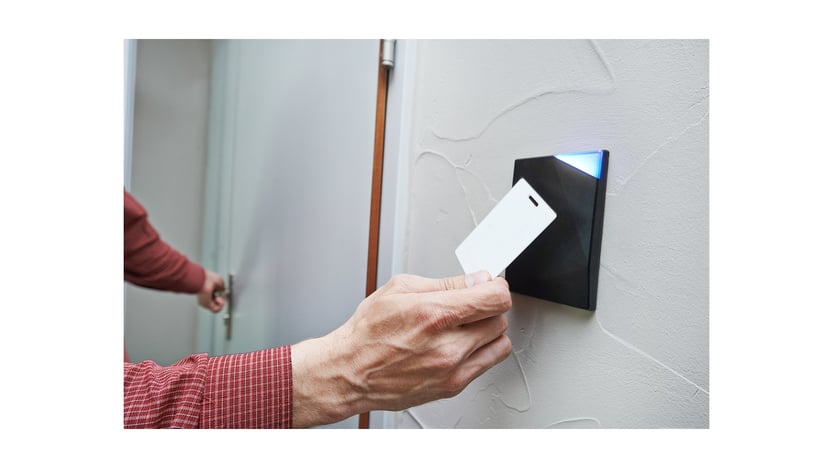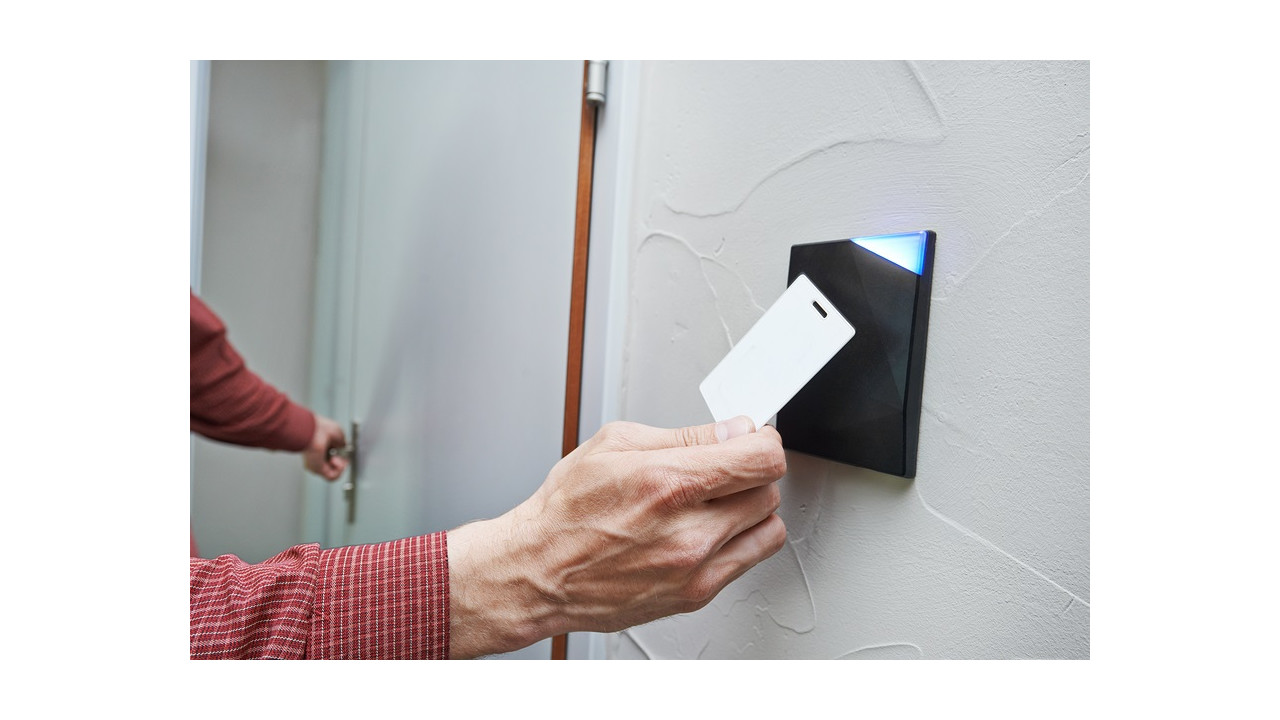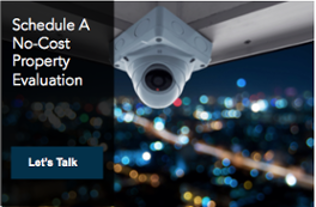Access control is an integral part of any serious commercial security system. This technology not only allows business owners to control the movement of people entering and exiting their office, effectively keeping their building safe and secure, it also regulates who can view and use particular resources. This security technique can keep restricted business locations secure as well as limit connections to your computer networks, system files, and sensitive data. However, there are so many different kinds of access control available nowadays that it can be difficult to determine which is the right fit for your business. To help you decide, here is a rundown of the various types of access control.

Mandatory Access Control
Mandatory access control, or MAC for short, is a type of access control that regulates access to certain resources based on the security clearance of the user. After classifications are assigned to system resources the operating system will either grant or deny employees access based on their level of security clearance. This security model is most frequently utilized in government or military buildings.
Discretionary Access Control
Discretionary access control, otherwise known as DAC, relies on administrators when it comes to regulating who can access data and resources. In this type of access control, owners of the protected system can set policies that determine who is authorized to use each resource. This is the least restrictive type of access control as business owners have complete control over any objects they own or programs they use. The main disadvantage of using DAC is the fact that it can leave your system vulnerable to malware. Since owners can set security level settings for other users and administrative permissions are inherited into other programs they use, malware could potentially be executed without them noticing.
Role-based Access Control
This type of access control divides up access to computer resources based on employees defined business functions. Instead of focusing on individual security clearance, overall restrictions are applied to entire groups of employees depending on their job title. For example, a computer programmer might be able to access the most heavily restricted areas of a data center but would be denied access to secure areas in an executive sector. Widely used in business settings, this security model functions using a complex structure of role assignments, role authorizations, and role permissions using role engineering to regulate employee access to systems. Role-based access control is sometimes used in tandem with MAC or DAC frameworks when dealing with sensitive data.
Rule-based Access Control
Rule-based access control is a security model where the system administrator defines a set of rules that regulate access to resource objects. These rules are often contingent on certain conditions, such as the location of attempted access or time of day. Rule-based access control is sometimes used in conjunction with role-based access control to reinforce security policies and procedures.
Attribute-based Access Control
Attribute-based access control has a preset list of rules, policies, and relationships that it consults when granting access rights. This methodology also takes into account the attributes of users, systems, and environmental conditions.
United Security Incorporated | Access Control Systems
Still unsure about which type of access control is the best fit for your company? We can help! At USI Integrated Solutions, we bring together a highly experienced team, keen strategic planning and in-depth understanding of the leading technologies in the field. For over 27 years we have brought peace of mind to our clients through the careful application of investigative talent and technology implementation.
Is your business ready for more enhanced security? Click the link below to schedule a no-cost property evaluation.


